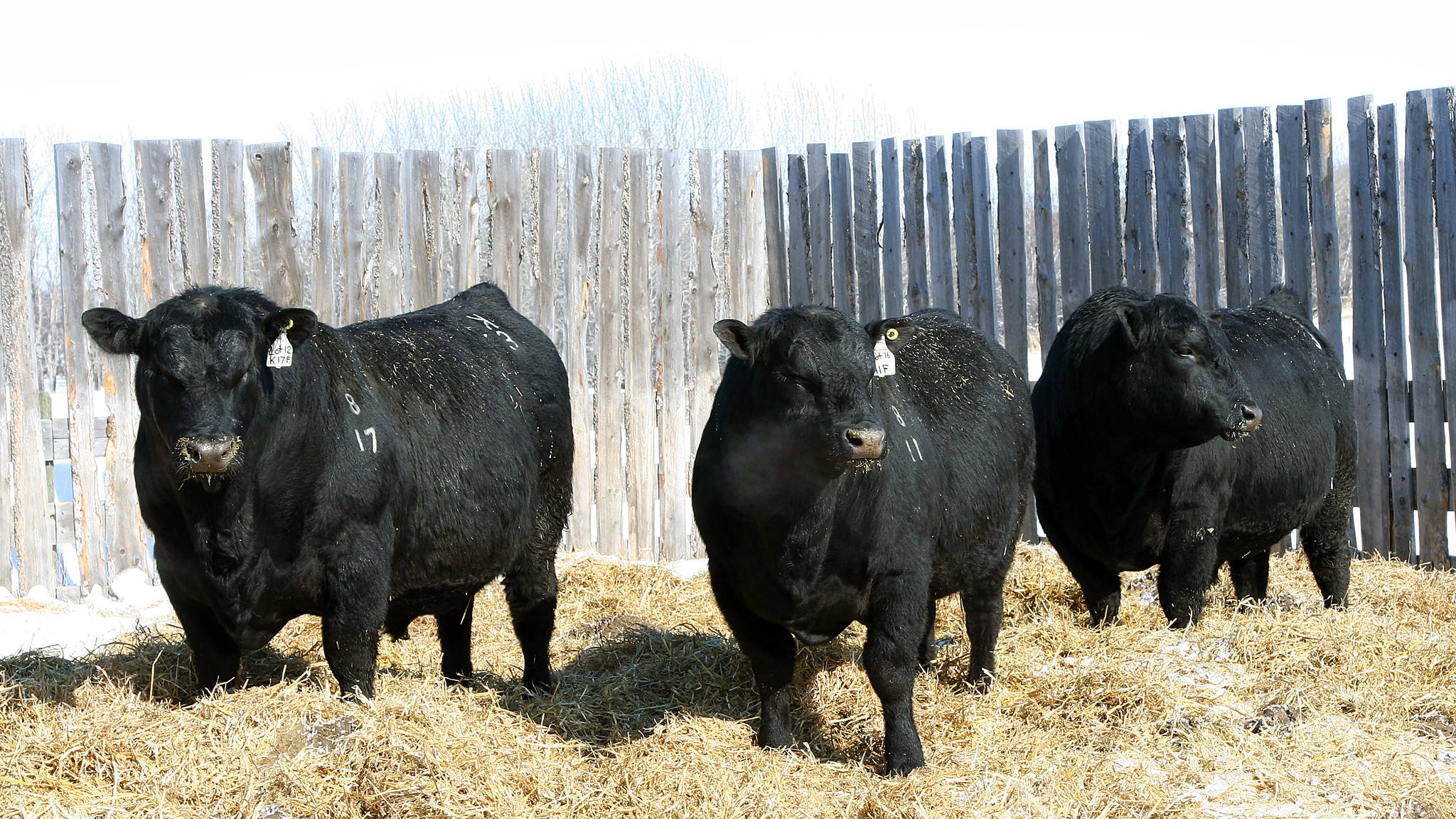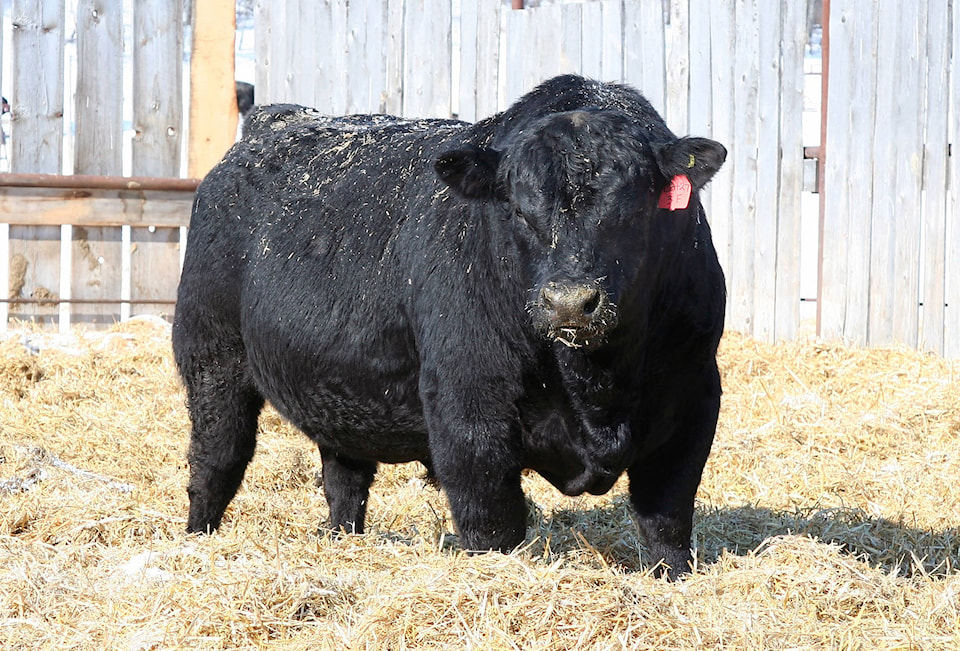When the COVID-19 pandemic began to influence the Alberta and Canadian economy, the beef industry was one of the sectors to feel the near-immediate effects.
Kolton Kasur, who operates K3 Ranch near Bashaw and is a zone director for the Alberta Beef Producers, explained the start of the spring sales season was setting up to be really strong.
“You never really know what to expect and it did start out quite strong,” he said, in an email interview last week.
“With the news of the coronavirus lingering overseas, it seemed as if everyone was anxiously waiting to see what affect it was going to have, as it was already being blamed for downward pressure on the heavier feeder cattle sales.”
He added it was business as usual even when the province placed the 250 person limit on gatherings.
“It wasn’t until it was tightened up to 50 and then lower that producers really started to worry,” noted Kasur, who also helps operate Reich Angus with his extended family.
“The sale barns have a much different atmosphere when you are used to having a crowd of about 200.”
While many traditional producers faced price impacts, purebred breeders like Kasur had some other challenges when it came to adhering to the new restrictions.
“It really changed the sale process. A lot of breeders, including ourselves, provide an option for buyers to bid online and we were sure thankful to have had a company booked when the lower restriction came into effect the day before our sale,” he said.
“Not everyone had that option, leaving a number scrambling to get reorganized.”
Buyers also had to adjust, with many forced to do a lot more research and homework on the animals ahead of time knowing they couldn’t be there in person to check out the animals.
Prices
While sales of purebred animal stock has remained steady, Kasur and other producers that send stock to market are starting to get a bit anxious as prices have fallen upwards of 10 to 20 per cent over the past few weeks.
READ MORE: Cattle group looks for help to weather COVID-19
“One of the industry’s biggest concerns right now is the reduction in shifts taking place at a large meat packing plant and how other potential shutdowns or production reductions could further affect the market,” he said.
Last week, the Cargill plant near High River had its slaughter production slowed significantly after 38 workers were confirmed to have the virus. The number of workers and shifts were cut in order to meet health and distancing guidelines.
In speaking out about market concerns, the Canadian Cattlemen’s Association (CCA) has called for a coordinated program that would see producers hang onto cattle longer before slaughter, similar to what was instituted in 2004 when the market was nearly devastated by the BSE crisis.
That would see producers who volunteered to hold back a certain number of head receive some compensation for the cost of waiting.
“What we’re needing to do now is to essentially slow down the supply chain, because we don’t have the processing capacity that we normally would have,” said Fawn Jackson, CCA director of government and international affairs in a release Apr. 14.
As for K3 and Reich Angus operations, not much has changed. They are in the midst of calving while others are in the middle of breeding season.
“This time of year, a lot of us are already in a natural social distancing atmosphere,” he said, adding there is one thing that has affected the business.
“We sold a couple bulls to an operation in Montana and I was just getting the export paperwork together last week. Nothing has really changed other than only commercial haulers are being allowed to take animals back and forth across the border. So, unfortunately, we are not able to deliver the bulls ourselves.”

